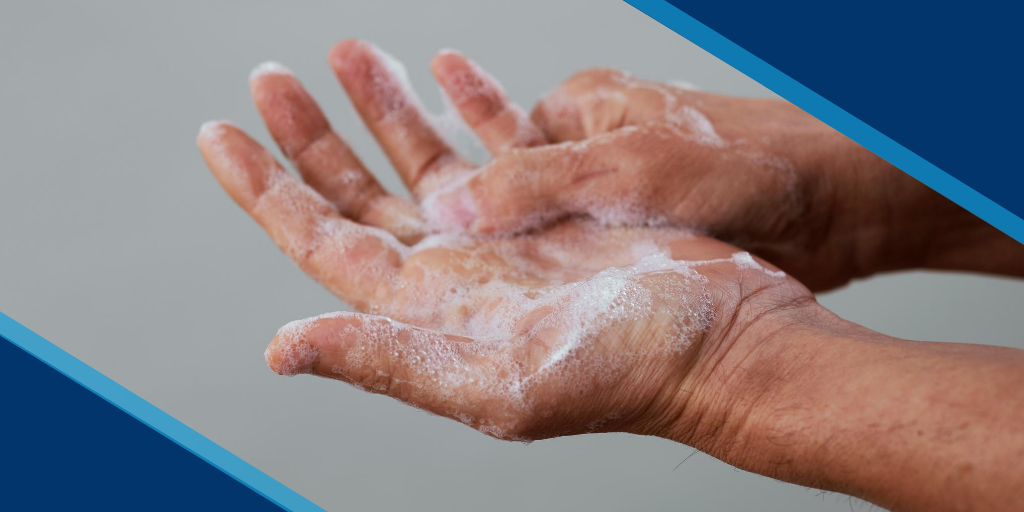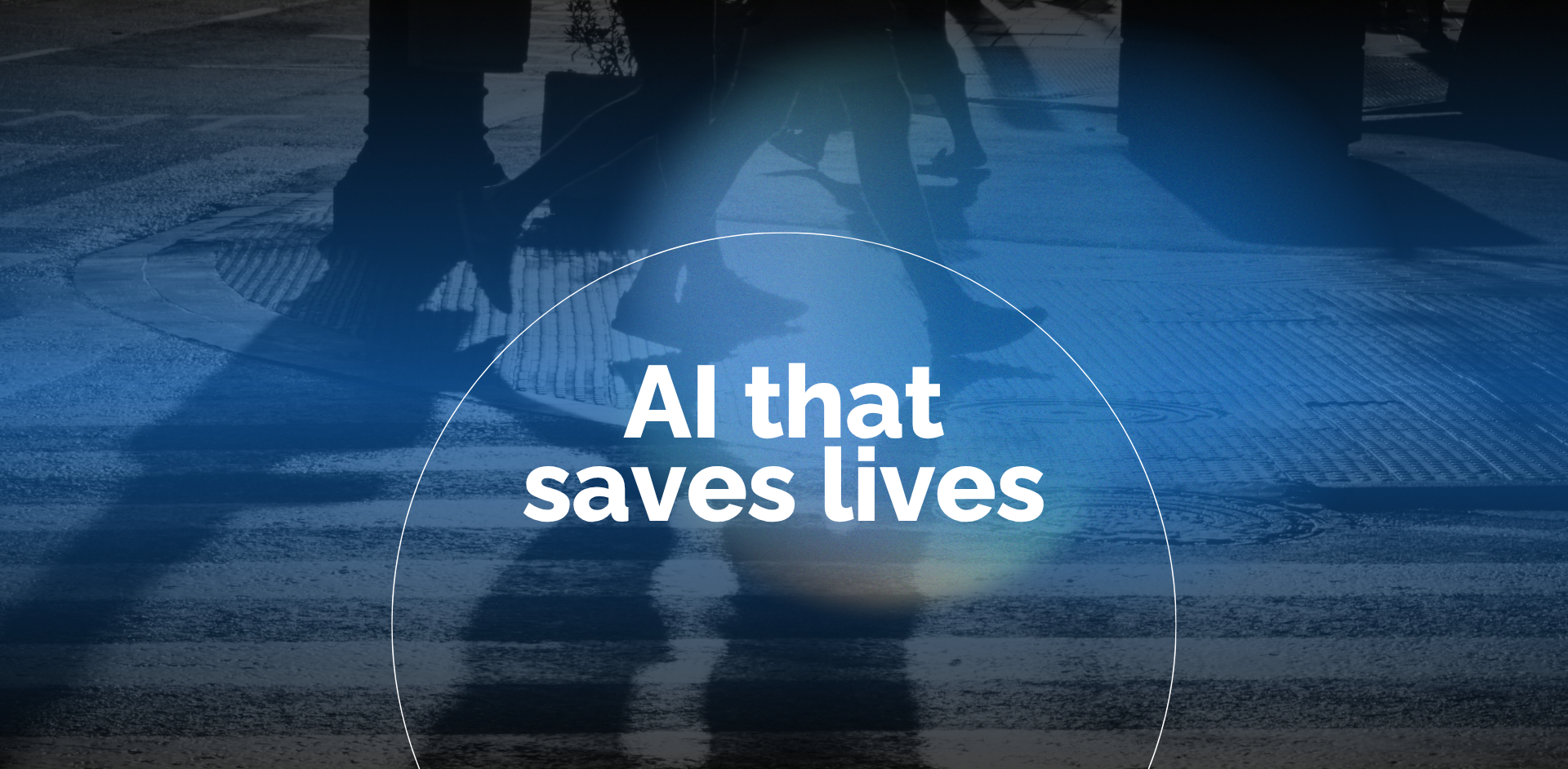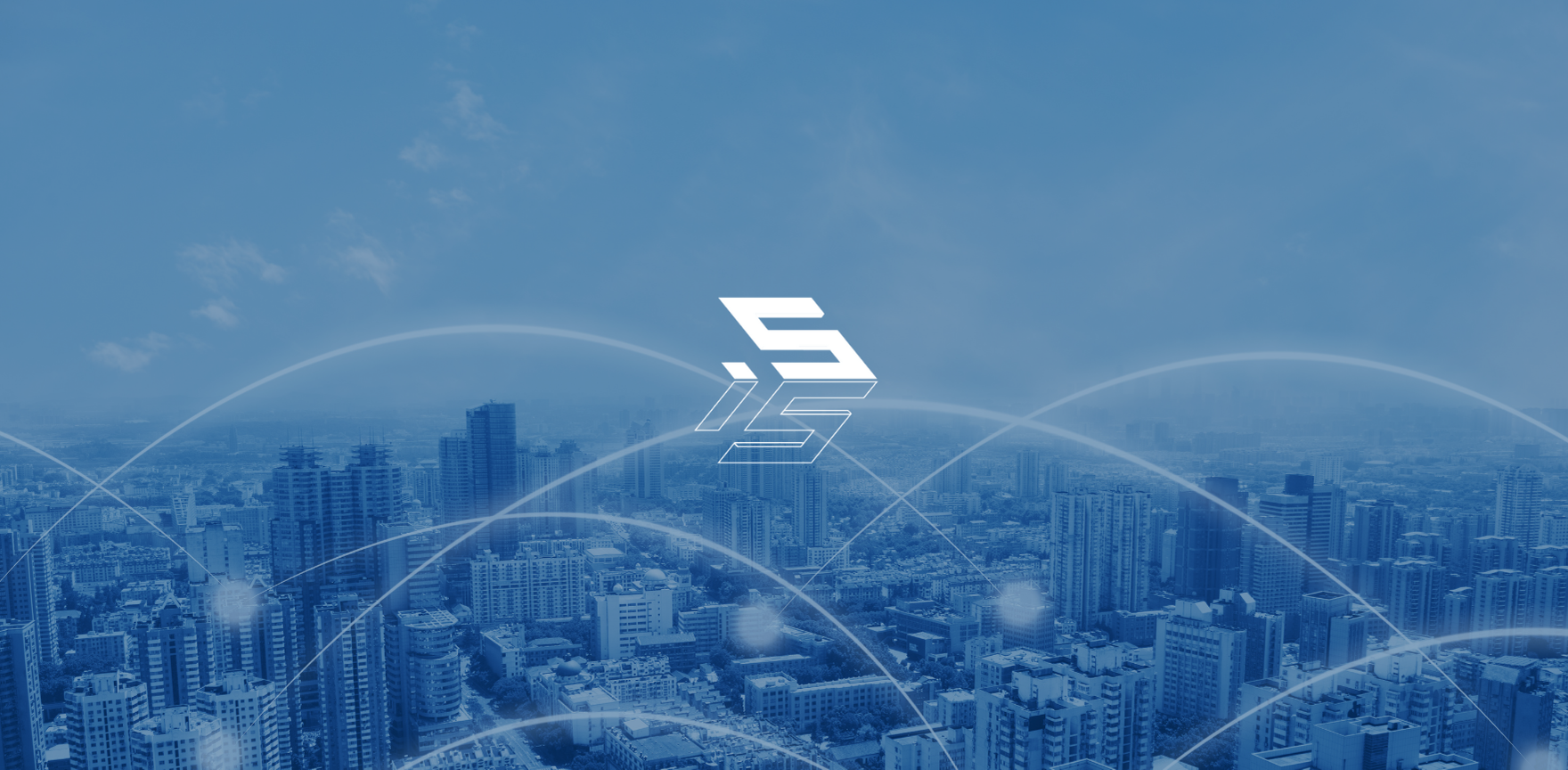ISS incorporates hand sanitizer detection into its suite of intelligent video solutions
Most of us have been taught that washing our hands is essential to basic human hygiene. But in 2020, the act of hand washing may just save lives. There’s no mystery why government agencies and public health officials across the country and globally have mounted hand-washing campaigns among their citizens – because it works. Good hand hygiene could reduce cases of respiratory diseases by 20%, meaning it has potential to have a huge impact on the spread of the coronavirus.
It is the chemical makeup of soap that can be kryptonite to many virus strains, including COVID-19. The virus itself if is made up of genetic material wrapped in a fatty coating. Soap molecules can disrupt this lipid membrane, causing it to fall apart. The virus’ “spike” proteins, which normally help it to invade human cells, are lost into the surrounding environment, rendering the virus inactive. With the fragments of the virus enveloped by the soap molecules, these are then washed away when you rinse your hands. It is important to remember that soap and water work to remove all types of germs from hands, while sanitizer acts by killing only certain germs on the skin and is not as effective.
So, as the pandemic continues to rage in the United States and threatens to reemerge in other countries around the world, organizations have placed a high importance on hand washing and the use of hand sanitizers, as well as the wearing of face masks. While some solutions providers have been vigorously working on technology to aid facial recognition software to identify people wearing masks, and others have created advanced algorithms to help security personnel detect those attempting to enter facilities without their masks, solving the dilemma of detecting those not exercising proper hand hygiene had proved more difficult. Until now.
ISS – Intelligent Security Systems, a leading supplier of intelligent Video Management System (VMS) and analytics for an array of security and business intelligence applications, has developed a new SecurOS® handwashing solution built on Intel technology and designed to analyze human behavior related to hand-hygiene. This solution was developed initially for use in the food service industry and has been evolving rapidly to meet emerging needs in a COVID-19 world. Since it has been determined that the human hands are a potential transfer agent for the coronavirus, there has been a heightened need to provide monitoring of handwashing behavior at key checkpoints and crossroads to help slow the proliferation of the virus.
“Coronaviruses are not particularly tough. Soap and water, used properly, will dislodge the virus from your hands and can destroy their outer surface area. Wet your hands under running water (can be warm or cold), apply soap, lather your hands well and scrub all over, then rinse your hands under running water for at least 20 seconds,” said Daniel M. Parker, PhD, Assistant Professor in the Department of Epidemiology at the University of California, Irvine in recent comments when asked about combating the virus and the simple steps every citizen can take. “Alcohol-based hand sanitizers should also kill the new coronavirus. However, make sure your hand sanitizer actually has at least 60% alcohol (many do not). Hand sanitizer really should be secondary to washing your hands with soap. In some situations (when you’re in public) it isn’t possible to wash your hands, and sanitizer can then be helpful. Most of us should now be staying home and should have access to soap and water. Also, try to not touch your face. This can be difficult but with practice you can reduce the frequency and duration of face touching.”
The SecurOS® Behavior Analysis System detects people who fail to wash their hands or do not use sanitizers as required by a growing number of companies and deemed an essential health protocol across the board in hospitals, healthcare facilities, industrial and manufacturing plants, in addition to commercial and residential buildings. As hand washing has emerged as a crucial element to the reopening strategies for public and private businesses and key government facilities, ISS has made developing solutions like the SecurOS® Hand Sanitizer to meet today’s new standards a priority. The company is creating a holistic approach to protecting building occupants from transmission of COVID-19 by combining its top-tier video analytics, access control, and thermal sensor integration.
SecurOS® Behavior Analysis uses Intel Realsense cameras and ISS NN human detector software to create models of human bodies to determine postures and movements of the skeletal body form. The combination of image depth metadata from Realsense and the ISS NN detector provide the necessary metadata precision when tracking the movement of hands in the act of washing/sanitizing. The metadata is further processed by the SecurOS® Semantic Expert System, which can define particular actions as combinations of elementary movements.
For example, the elementary movement “person bends her arm more than 90 degrees” may be part of the complex action “person answers a phone call” — which itself includes several alternative descriptions each consisting of multiple movements. In the same manner, the Semantic Expert System can define a set of actions indicating that a person is washing their hands at a basin/sink or standing in front of a free-standing sanitizing liquid dispenser and rubbing their hands together in an appropriate manner and for the requisite amount of time. The Expert System vocabulary is built using natural language and is similar in this aspect to IBM Watson.
The SecurOS® Hand Sanitizer solution, combined with other risk mitigation precautions and mandates, is intended to lessen the impact of the current pandemic and help avoid the potential of a second wave of COVID-19 infection. The ISS “hand-washing” and “use-of-hand-sanitizer” inspection toolset enables private and government organizations to address strict rules and/or official regulations when operating and, especially, re-opening various facilities.
the potential of a second wave of COVID-19 infection and help safely re-open schools, businesses and facilities.
For more information, please visit www.issivs.com/COVIDresponse/ , or email info@issivs.com



